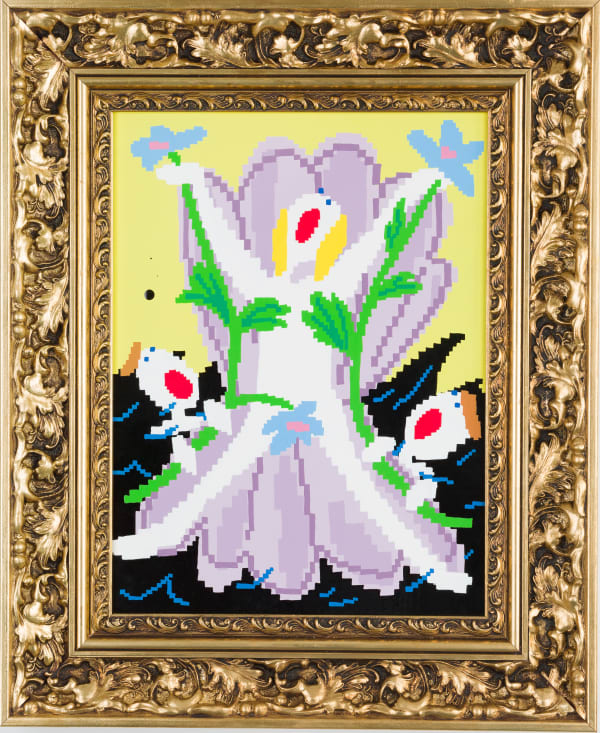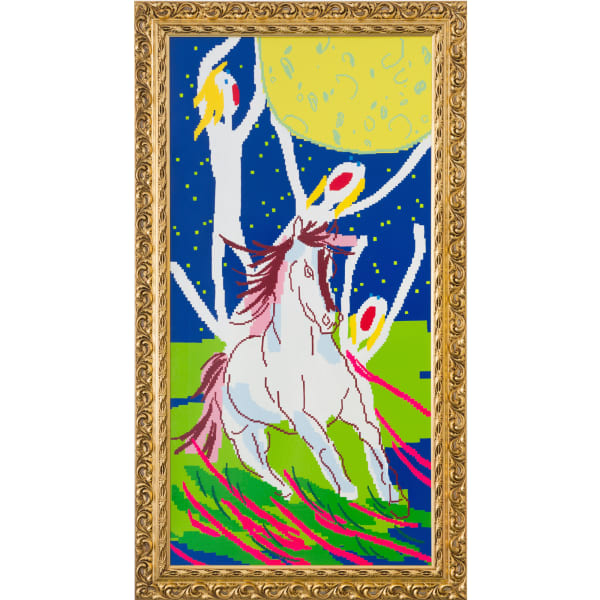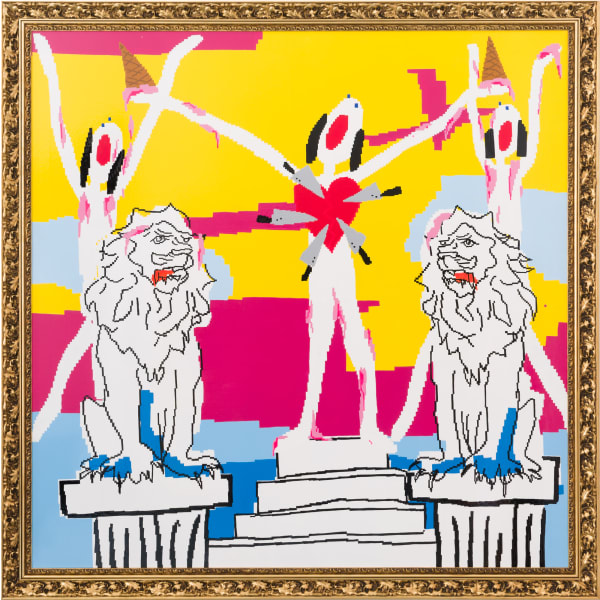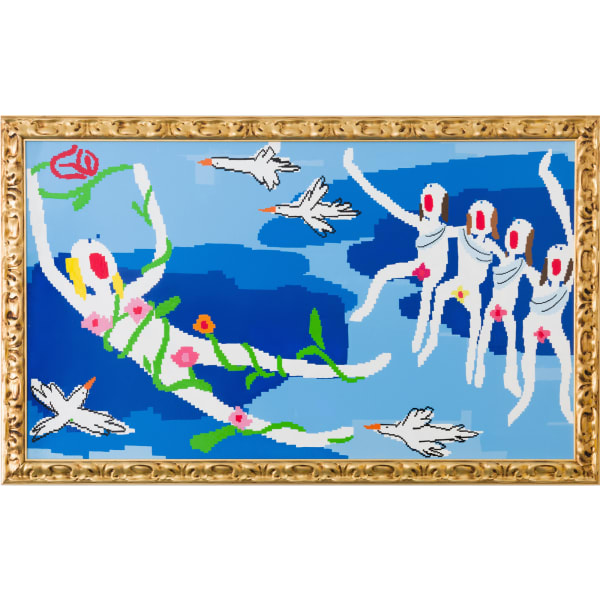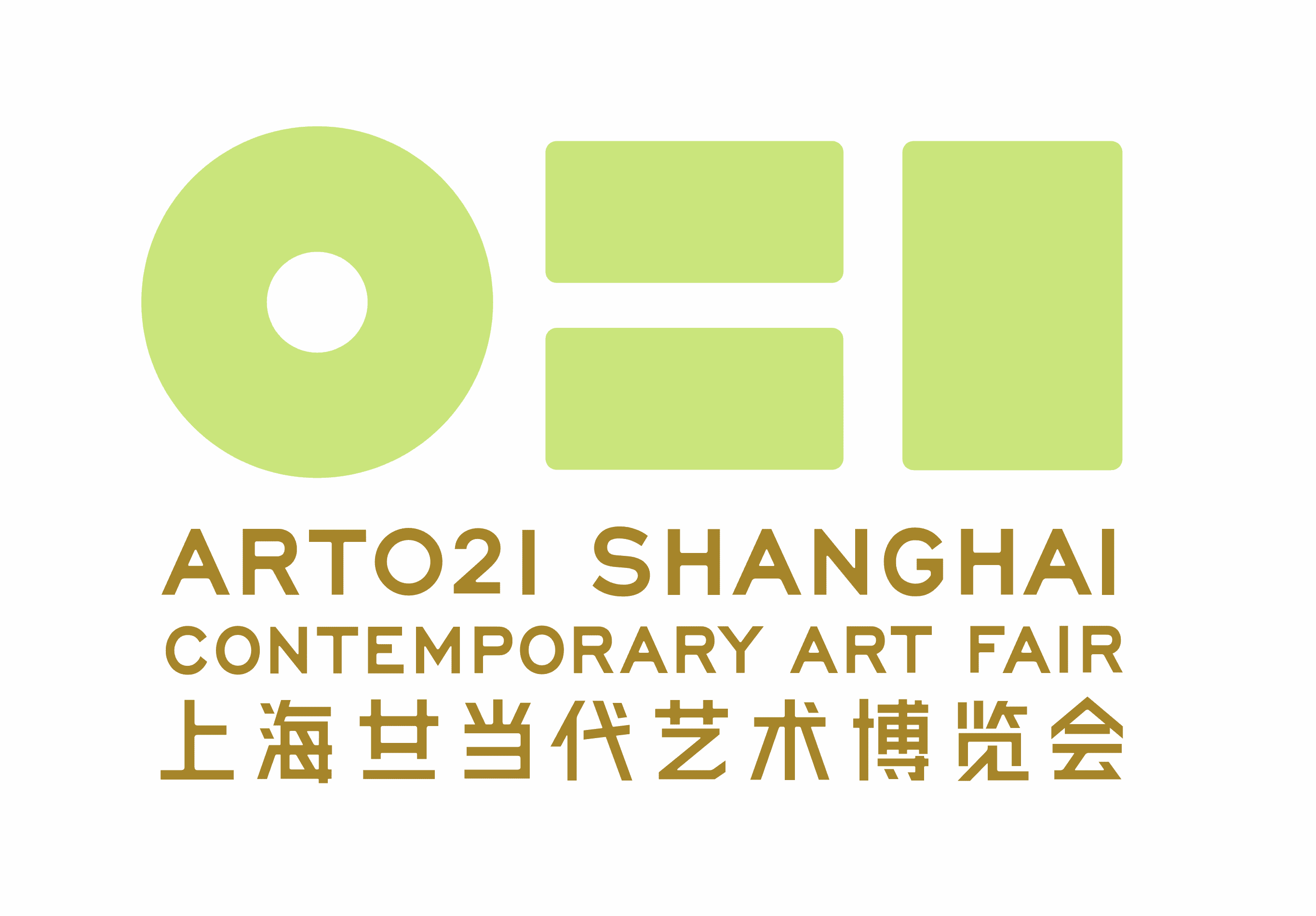 Booth #P05
https://www.art021.org/en/
Booth #P05
https://www.art021.org/en/
Renaissance Humanism is re-invented and looks like a powerful girl in pixels.
The art historian Jacob Burckhardt first advanced the term Renaissance Humanism in the The Civilization of the Renaissance in Italy (1860), to define the philosophical thought that radically transformed the 15th and 16th centuries. In the visual arts, humanism stood for (1) The emergence of the individual figure, in place of stereotyped, or symbolic figures. (2) Greater realism and consequent attention to detail, as reflected in the development of linear perspective and the increasing realism of human faces and bodies; this new approach helps to explain why classical sculpture was so revered, and why Byzantine art fell out of fashion. (3) An emphasis on and promotion of virtuous action: an approach echoed by the leading art theorist of the Renaissance Leon Battista Alberti (1404-72) when he declared, "happiness cannot be gained without good works and just and righteous deeds".
Fast forward 160 years since Burckhardt's observations, where Maja Djordjevic finds
herself revisiting Humanism in order to talk about a new period of rebirth and a new era of individual re-invention that can emerge out of this pandemic. Specifically, Djordjevic revisits Humanism by re-appropriating ten historical Renaissance artworks and replacing their main figures’ characteristics with her typical female characters. She does so while keeping the postures of the original paintings and all the technical qualifications that Humanism stands for and throwing away the religious narratives.
For example, PROTECT US FROM OURSELVES, 2021 portrays the artist’s prominent girl as
the early Christian saint and martyr ‘St Sebastian’. ‘St Sebastian’ is the subject of three paintings by the Italian Early Renaissance master Andrea Mantegna. The Paduan artist lived in a period of frequent plagues; and Sebastian was considered a protector against the plague as having been shot through by arrows, and it was thought that plague spread abroad through the
air. Djordjevic creates her own version of a hero who is female and lives in 2021. Respectively, in YOU ARE MY MONUMENT, 2021 the arch depicts the Renaissance architecture’s style of arches and the pink roses are direct references to mediaeval and early Renaissance art and so on.
As is customary in Djordjevic practice, Djordjevic achieves this with an imperfect, flawed aesthetic of primitive computer screens that create vibrant, energetic images. Painted entirely by hand, using thick and glossy layers of enamel paint, Djordjevic’s work carries a sense of urgency to create completely, unrestricted by traditional standards. Not depicting the original artworks as she sees it directly, but as she used to interpret all images on her computer screen while growing up in Serbia in the 2000s, she is turning the tables and using the heavily pixelated digital images as a reference to these works.
Dio Horia is pleased to present Renaissance Humanism, a new series of works by artist Maja
Djordjevic.


